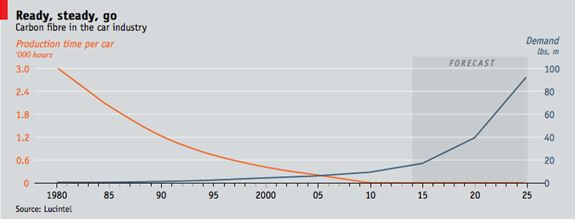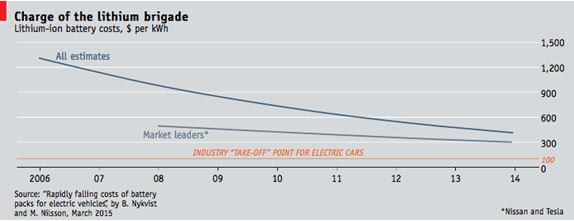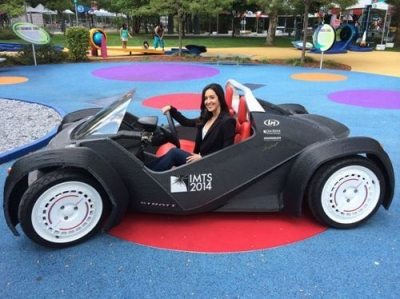I am ever on the lookout for disruptive technologies that lead to great investment opportunities. Sitting here next door to Silicon Valley, that is not hard to do.
So I watched my TV with utter amazement the other day when I saw a 3-D printer create an entire car from scratch. It took ten hours to build the body, and the rest of the day to bolt on the electric motors, axels, wheels, and the rest of the parts.
Beyond the drive train, the vehicle has only 50 parts. This compares to the 5,000 or 6,000 parts needed for a conventional car. There’s a gigantic labor and cost saving right there.
I have to admit that I came late to the 3-D printing scene. When hobbyists started making colorful figurines on their printers a few years ago, I thought it no more than a niche of a few passionate geeks who are in such abundance here.
That was a good thing because the initial batch of stock market plays all went meteoric, then crashed and burned.
Such is often the case with cutting-edge technologies. You often don’t generate real profits until you get the second or third generation.
That’s the way the personal computer started which went mainstream with incredible speed in the early 1980s (to get the flavor of the day, watch the hit AMC series “Halt and Catch Fire”).
Then my biotech friends told me they were printing human organs substituting ink with cells. After that, I discovered that Elon Musk was using 3-D printers to build rocket engine parts at his Space X venture in Los Angeles.
Suddenly, I started to take the technology seriously.
Arizona-based Local Motors plans to take a great leap forward with the launch of a 3D printed car next year (click here for their website).
Dubbed the “Strati” (layers in Italian), the vehicle is made of reinforced carbon fiber thermoplastic, or ABS. It has one fifth the weight of steel with ten times the strength. You can pick up the car with two hands.
The company planned to build two versions of its vehicle during the first quarter of 2016. One would be a low-speed battery car or so-called neighborhood electric vehicle priced between $18,000 and $30,000. Faster, higher-priced versions would come later.
While the entry costs to the auto industry are legendarily high, in the billions of dollars, Local Motors’ upfront expenses are miniscule by comparison. The 49 foot long printer needed to print the body costs only $50,000.
Oak Ridge National Labs in Tennessee is a partner in the project which helped develop the monster printer. Nuclear weapons historians will recall them as the first refiner of U-235 during WWII.
It is the first effort to fundamentally change the way cars are put together since Henry Ford modernized the auto assembly line 100 years ago.
Local Motors is an internet creation all the way. It obtained its original funding through crowdsourcing, and held an international contest to find a design. An Italian won, hence the name.
It’s hard to see the Strati threatening the Tesla (TSLA), or any conventional car manufacturer any time soon. The current car is not yet street legal, and only does 40 miles per hour.
There is no great trading or investment play here yet. It is still early days. Give it a year or two.
However, it could be a hint of great things to come. I’ll take mine in black.
For the YouTube video of and interview with the Strati engineer, click here.
Ah, But is the Girl Printed As Well?






